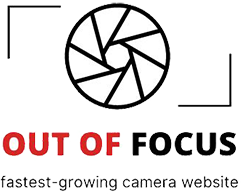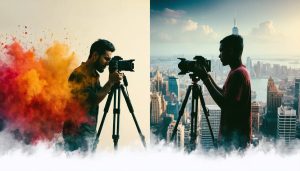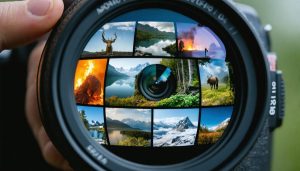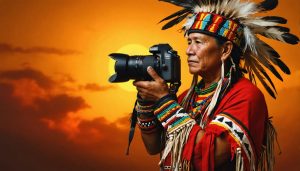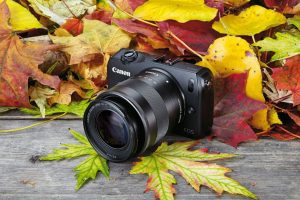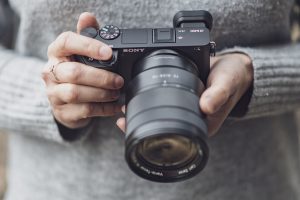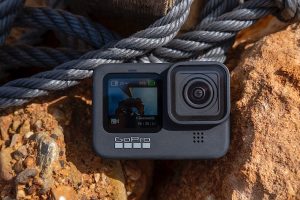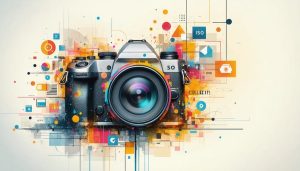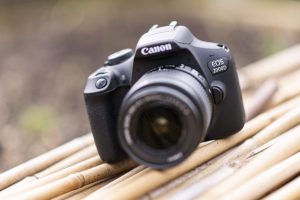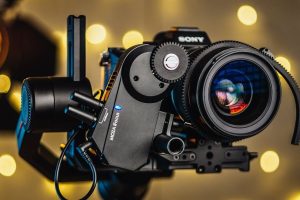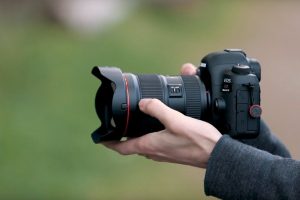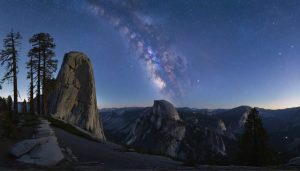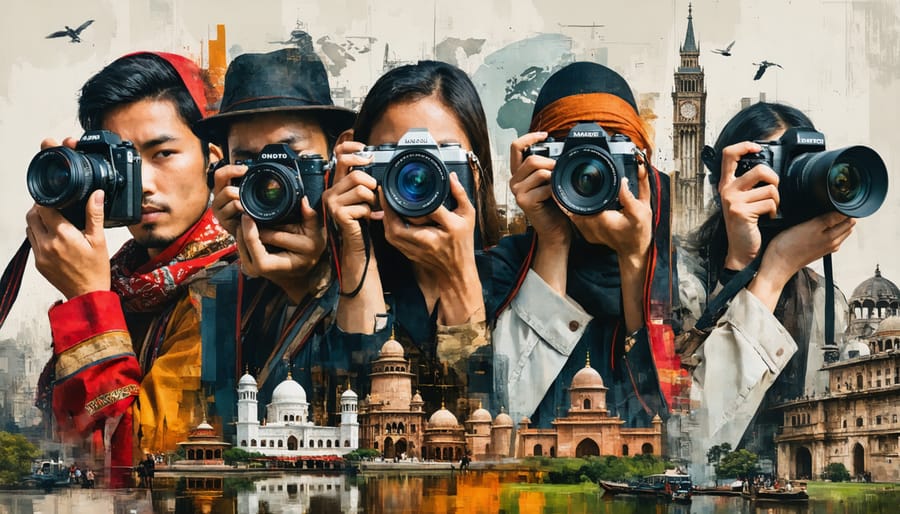
Documentary photography captures raw, unfiltered moments of human experience, serving as both historical record and powerful storytelling medium. Since its emergence in the mid-19th century, this genre has evolved from simple documentation to a sophisticated form of visual journalism that shapes our understanding of society, culture, and human conditions worldwide.
At its core, documentary photography combines technical precision with ethical responsibility, requiring photographers to balance artistic vision with truthful representation. Whether documenting social injustice, cultural traditions, or everyday life, documentary photographers must navigate complex decisions about perspective, timing, and context while maintaining authenticity.
What distinguishes documentary photography from other genres is its unwavering commitment to reality. Unlike fine art or commercial photography, documentary work prioritizes honest representation over aesthetic manipulation, though this doesn’t diminish its artistic merit. Modern documentary photographers leverage advanced technology and diverse storytelling approaches while adhering to the fundamental principle of truthful documentation.
The impact of cultural influence on documentary photography cannot be overstated. From Henri Cartier-Bresson’s decisive moments to contemporary digital storytelling, photographers’ cultural backgrounds and societal contexts inevitably shape their perspective and approach, adding layers of meaning to their documentary work.
Defining Documentary Photography in a Cultural Context
The Traditional vs. Contemporary Definition
The definition of documentary photography has undergone a significant transformation since its inception in the mid-19th century. Traditionally, it was viewed purely as a means of recording reality – a straightforward, objective documentation of events, people, and places. Early documentary photographers like Matthew Brady approached their work with an almost scientific dedication to capturing scenes exactly as they appeared.
However, contemporary understanding has expanded to recognize that documentary photography inherently includes elements of interpretation and cultural perspective. Today’s definition acknowledges that even seemingly objective documentation involves artistic choices – from framing and timing to post-processing decisions – that shape the final narrative.
Modern documentary photographers embrace this duality, understanding that their work serves both as historical record and cultural commentary. The contemporary approach values authenticity while recognizing that the photographer’s perspective and choices inevitably influence the story being told. This evolution reflects a broader understanding that documentation and artistic expression aren’t mutually exclusive but rather work together to create more meaningful and impactful visual narratives.
This shift has made documentary photography more inclusive, allowing for various styles and approaches while maintaining its core purpose of recording and interpreting reality.
Cultural Perspective in Documentary Work
Every documentary photographer brings their unique cultural lens to their work, shaping how they interpret and capture reality. Understanding these cultural perspectives in visual storytelling is crucial for both creating and interpreting documentary photographs.
A photographer’s cultural background influences everything from subject selection to compositional choices. For instance, a photographer from a collectivist society might naturally gravitate toward capturing community interactions and shared spaces, while someone from an individualistic culture might focus more on personal narratives and individual subjects.
Cultural sensitivities also affect how photographers approach their subjects. Understanding local customs, traditions, and taboos becomes essential for respectful documentation. A photographer working in indigenous communities, for example, must be aware of specific cultural protocols about what can and cannot be photographed.
This cultural awareness extends to the presentation of work as well. The same image might carry different meanings across various cultural contexts, making it essential for documentary photographers to consider how their work will be interpreted by diverse audiences. Being mindful of these cultural nuances helps create more authentic and respectful documentary work.
Cultural Influences on Technical Choices
Equipment Selection Through Cultural Lens
The way photographers choose and use their equipment varies significantly across cultures, reflecting deeper cultural values and approaches to documentary photography. In Japan, for instance, there’s often a preference for smaller, discrete cameras that allow photographers to capture intimate moments without disturbing the scene – a reflection of the cultural emphasis on harmony and respect for personal space.
Western documentary photographers have traditionally favored larger cameras and prominent lenses, embodying a more direct approach to storytelling. This contrast isn’t merely about equipment preference; it represents fundamental differences in how cultures approach the documentary process itself.
In many Middle Eastern countries, photographers often choose gear that allows them to work quickly and efficiently in challenging conditions, while being mindful of cultural sensitivities around photography. This might mean opting for weather-sealed cameras with silent shutters and less conspicuous zoom lenses.
Similarly, photographers working in indigenous communities often select equipment based on community preferences and cultural protocols. Some may choose mirrorless cameras for their silent operation or avoid certain telephoto lenses that might feel intrusive to their subjects.
The rise of smartphone photography has also revealed interesting cultural patterns. While some cultures embrace the accessibility and immediacy of phone cameras, others maintain a strong preference for traditional equipment, viewing it as more respectful to their subjects and the documentary process.
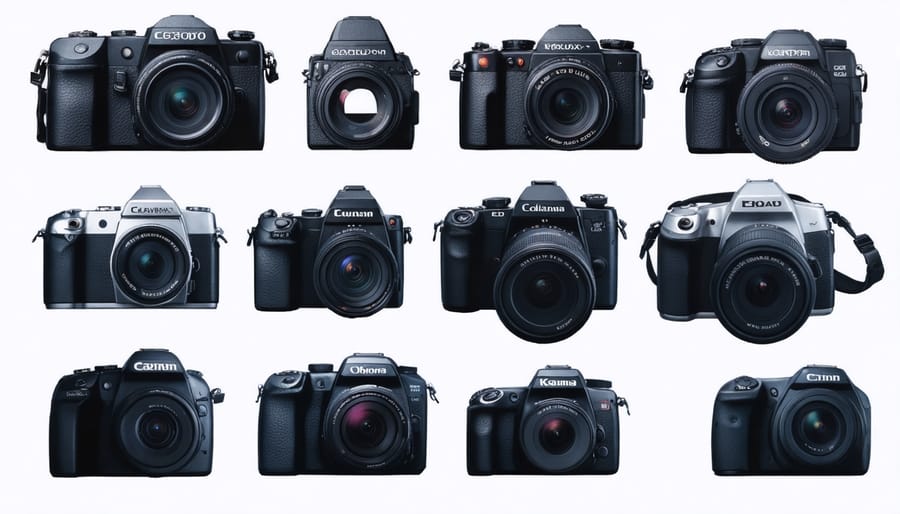
Visual Storytelling Techniques Across Cultures
Visual storytelling techniques in documentary photography vary significantly across cultures, reflecting unique perspectives and cultural values. In Western photography, there’s often an emphasis on dramatic contrast and individual subjects, while Eastern traditions frequently incorporate wider contexts and communal relationships. These differences shape how photographers approach documenting human journeys and daily life.
Japanese documentary photographers, for instance, often embrace negative space and subtle emotional moments, influenced by the aesthetic principle of “ma” – the meaningful space between elements. In contrast, Latin American documentary traditions tend to favor vibrant colors and intimate proximity to subjects, creating a sense of immediate connection with the viewer.
Timing preferences also reflect cultural sensibilities. While Western photographers might wait for the “decisive moment” – that perfect split second of action – many African documentary photographers choose to capture extended moments that tell fuller stories about community and tradition.
Composition choices similarly mirror cultural values. Middle Eastern documentary work often incorporates architectural elements and geometric patterns, reflecting the region’s rich design heritage. Meanwhile, contemporary Chinese documentary photographers frequently employ wide-angle perspectives that place individuals within their broader social context.
Understanding these cultural nuances enables photographers to create more authentic and respectful documentary work while broadening their creative toolkit beyond their own cultural defaults.
Global Perspectives in Modern Documentary Photography
Eastern vs Western Approaches
Documentary photography has evolved distinctly in Eastern and Western cultures, reflecting their unique philosophical approaches and visual traditions. In the West, documentary photographers often emphasize individual narratives and direct, confrontational imagery. Think of photographers like Dorothea Lange and Walker Evans, who captured the American Great Depression with unflinching realism and a focus on personal stories.
Eastern documentary photographers, particularly in countries like Japan and China, traditionally approach their subjects with more subtlety and collective context. For instance, Japanese photographers often incorporate the concept of “ma” – the meaningful space between subjects – creating images that speak as much through what’s unseen as what’s shown.
Western documentary work typically follows a more linear narrative structure, with clear beginning and end points. The images often aim to expose social issues or champion causes, reflecting Western journalism’s investigative tradition. In contrast, Eastern documentary photography frequently embraces circular narratives and symbolic representations, influenced by Buddhist and Taoist philosophies of interconnectedness.
These cultural differences also manifest in technical choices. Western photographers traditionally favor sharp contrast and clear subjects, while Eastern practitioners might embrace softer tones and more atmospheric compositions. However, in our increasingly connected world, these distinctions are becoming more fluid, with photographers from both traditions borrowing and blending approaches to create rich, nuanced documentary work that transcends cultural boundaries.
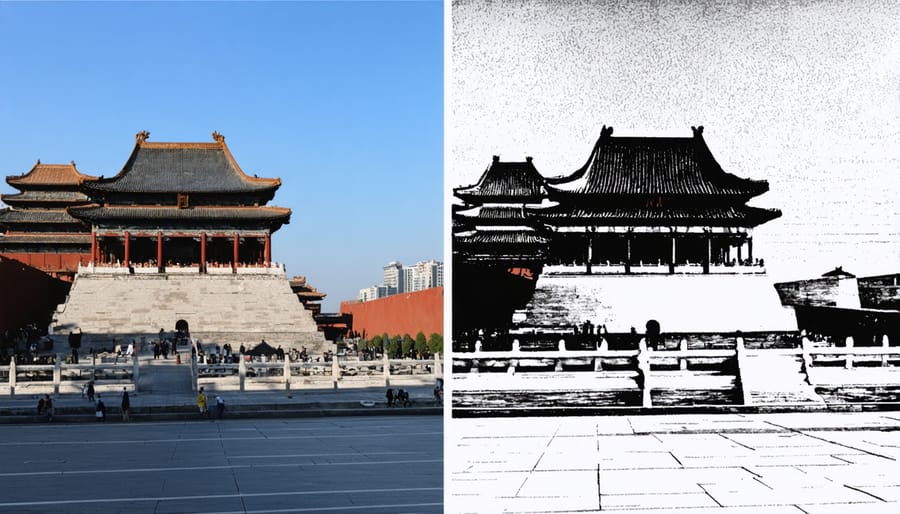
Indigenous Perspectives in Documentary Work
Indigenous photographers are revolutionizing documentary photography by bringing authentic perspectives and cultural nuances to the forefront of visual storytelling. Unlike external documentarians who might approach indigenous subjects from an outsider’s perspective, native photographers capture their communities with deep cultural understanding and inherent respect for traditional protocols.
These photographers employ unique indigenous visual storytelling methods that often challenge conventional documentary approaches. Rather than adhering strictly to Western photographic traditions, they frequently incorporate circular narratives, community-based storytelling, and sacred relationships with the land into their work.
For example, many indigenous photographers prioritize collective representation over individual subjects, reflecting their communities’ values. They often seek permission from elders before capturing certain ceremonies and may choose to exclude sacred elements that aren’t meant for public viewing. This careful consideration of cultural protocols transforms how stories are told through the lens.
Technical choices also reflect cultural values – from compositions that emphasize connection to land, to the deliberate use of natural light that honors traditional teachings. Many indigenous photographers are also redefining the documentation of contemporary indigenous life, moving beyond stereotypical representations to showcase modern indigenous experiences while maintaining cultural integrity.
This shift in perspective enriches the field of documentary photography, offering viewers a more nuanced and authentic understanding of indigenous cultures through the eyes of community members themselves.
Ethics and Cultural Sensitivity
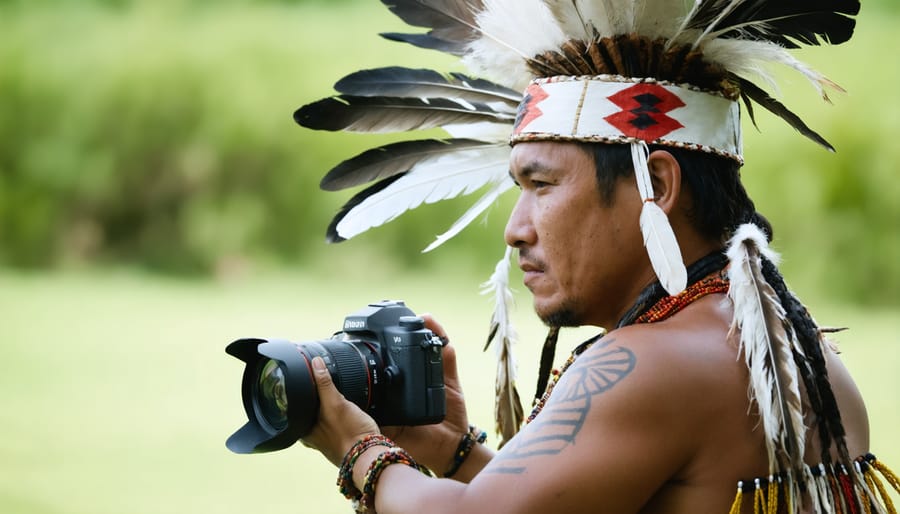
Respectful Documentation Practices
When documenting different cultures through photography, respect and ethical consideration must be at the forefront of every decision. Understanding and navigating cultural diaspora in photography requires sensitivity and awareness of local customs and traditions.
Begin by researching the community you plan to photograph. Learn about their cultural practices, taboos, and sacred traditions. This knowledge helps you avoid unintentionally disrespectful behavior and allows you to capture authentic moments appropriately. Always seek permission before photographing individuals, especially during ceremonies or private moments.
Build relationships with your subjects when possible. Take time to explain your project’s purpose and how the images will be used. This transparency builds trust and often leads to more genuine, meaningful photographs. Consider working with local guides or cultural liaisons who can help navigate cultural nuances and facilitate communication.
When composing your shots, be mindful of cultural context. Avoid perpetuating stereotypes or presenting a single narrative. Instead, strive to capture the complexity and dignity of your subjects. Consider how your framing and perspective might influence viewers’ understanding of the culture you’re documenting.
Remember to respect privacy boundaries and religious restrictions regarding photography. Some communities may have specific rules about photographing certain objects, places, or ceremonies. Honor these limitations, even if it means missing what might seem like a perfect shot.
Finally, share your work responsibly. Consider how your images represent the community and whether they align with how they wish to be portrayed. When possible, share the final photographs with your subjects and their community as a gesture of respect and collaboration.
Avoiding Cultural Stereotypes
Documentary photography requires a delicate balance between capturing authentic moments and avoiding harmful cultural stereotypes. When photographing communities different from your own, it’s essential to approach the subject matter with respect, understanding, and thorough research.
Start by immersing yourself in the culture you’re documenting. Spend time learning about local customs, traditions, and social norms before raising your camera. This background knowledge helps you capture more nuanced and truthful representations rather than surface-level observations that might perpetuate stereotypes.
Consider working with local guides or cultural advisors who can provide valuable insights and help you navigate sensitive situations. They can offer perspective on what might be considered offensive or inappropriate, and guide you toward more meaningful storytelling opportunities.
Be mindful of your visual choices. Avoid focusing solely on poverty, suffering, or exotic elements that might reinforce preconceived notions. Instead, strive to show the full spectrum of human experience within the community – including joy, prosperity, and everyday life. This balanced approach helps create a more complete and honest narrative.
Context is crucial in documentary photography. Include detailed captions and background information that explain the cultural significance of what you’re photographing. This helps viewers understand the deeper meaning behind the images and prevents misinterpretation.
Remember that you’re not just taking pictures; you’re helping shape perceptions. Consider how your work might impact the community you’re photographing, both immediately and in the long term. When possible, share your work with community members and be open to their feedback and perspectives. This collaborative approach helps ensure your documentary work remains respectful and authentic while avoiding harmful stereotypes.
Cultural awareness stands as a cornerstone of meaningful documentary photography, shaping not just what we capture but how we approach and interpret the stories we tell through our lens. As photographers, we must recognize that our work serves as a bridge between different worlds, cultures, and perspectives, making our responsibility to understand and respect these differences paramount.
Understanding cultural nuances enables photographers to capture more authentic and respectful images while building trust with their subjects. This awareness helps avoid misrepresentation and ensures that the stories we tell through our photographs remain true to the communities we document. It’s not just about technical skills or artistic vision; it’s about developing the emotional intelligence and cultural sensitivity needed to navigate diverse social landscapes.
The future of documentary photography lies in embracing this cultural consciousness while maintaining our commitment to truth-telling. As our world becomes increasingly interconnected, the ability to tell stories that resonate across cultural boundaries while preserving the integrity of local perspectives becomes ever more crucial.
Remember that as documentary photographers, we’re not just observers but custodians of moments and memories. Our work has the power to shape perceptions, challenge stereotypes, and create understanding between different cultures. By approaching our subjects with respect, knowledge, and sensitivity, we can create images that not only document but also honor the diverse human experience in all its complexity.
